When I was in America pulling cables through pipes that were going underwater we shorted our usb cables and only realized that, when we plugged in everything. I want to be prepared for the next time and have some additional USB goodies with me - including this cable tester for USB. The Idea here is to activate each transistor one by one and check if more than 1 LED glows.
If anyone has any ideas for other USB cable tests, drop a comment.
 davedarko
davedarko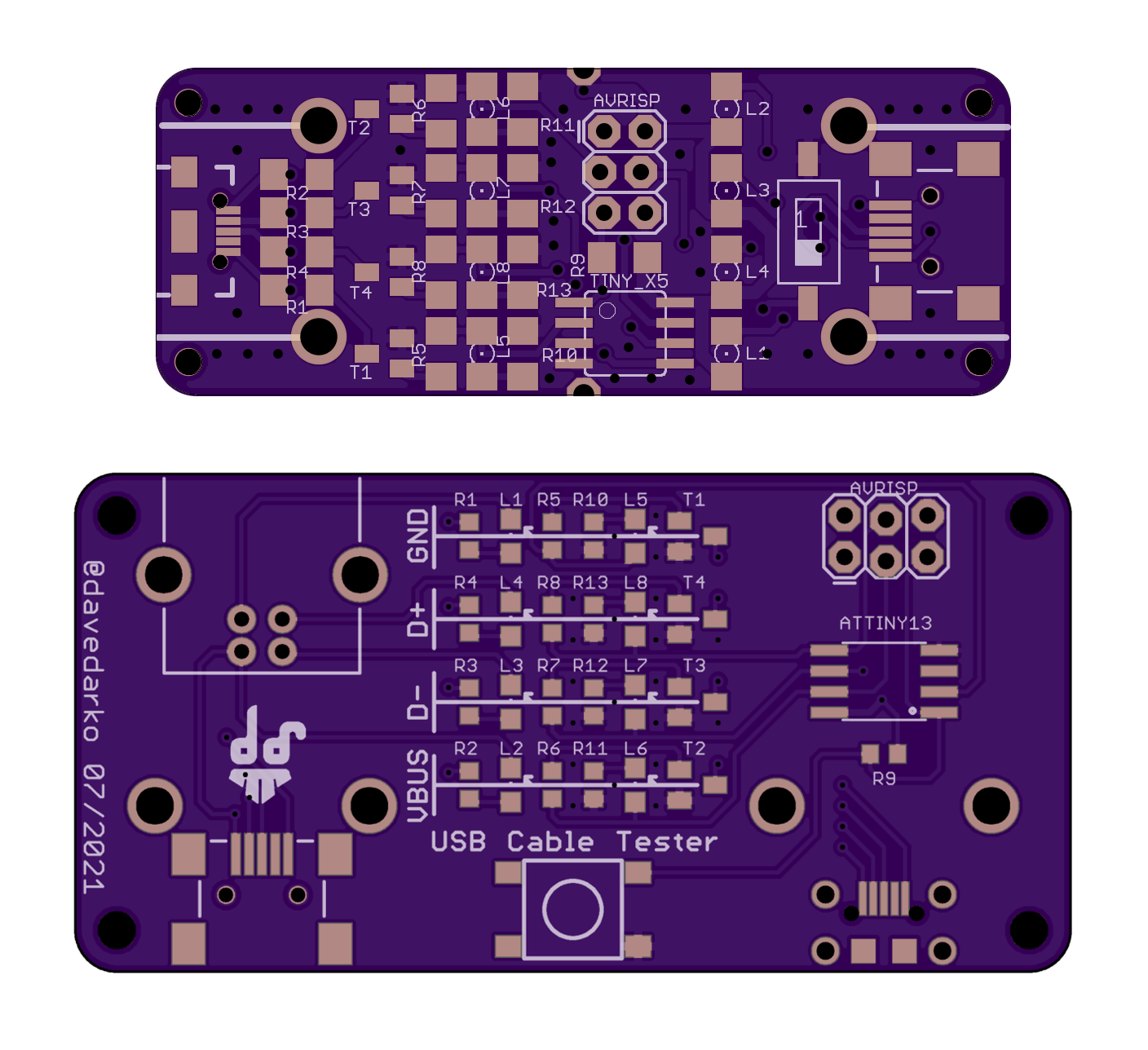
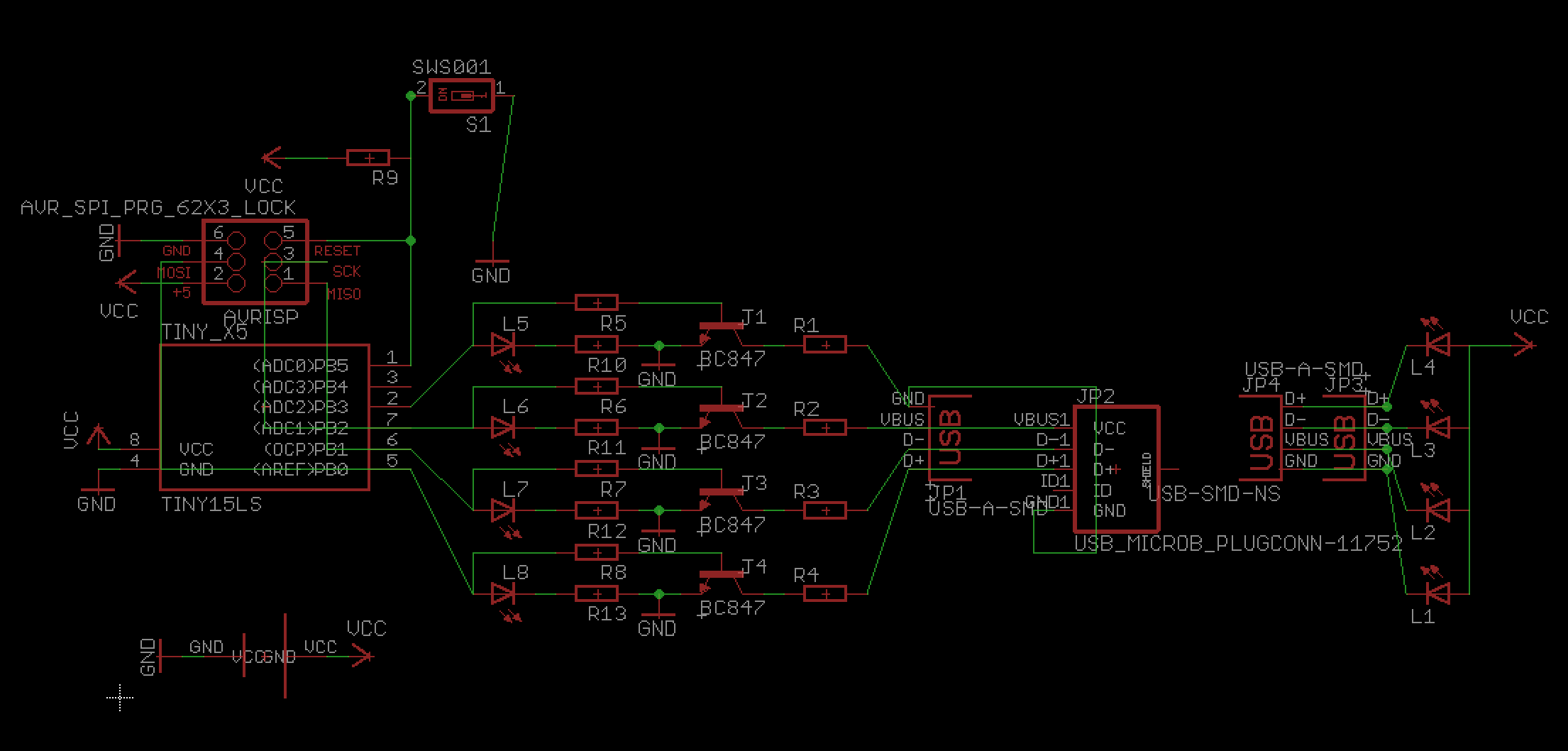
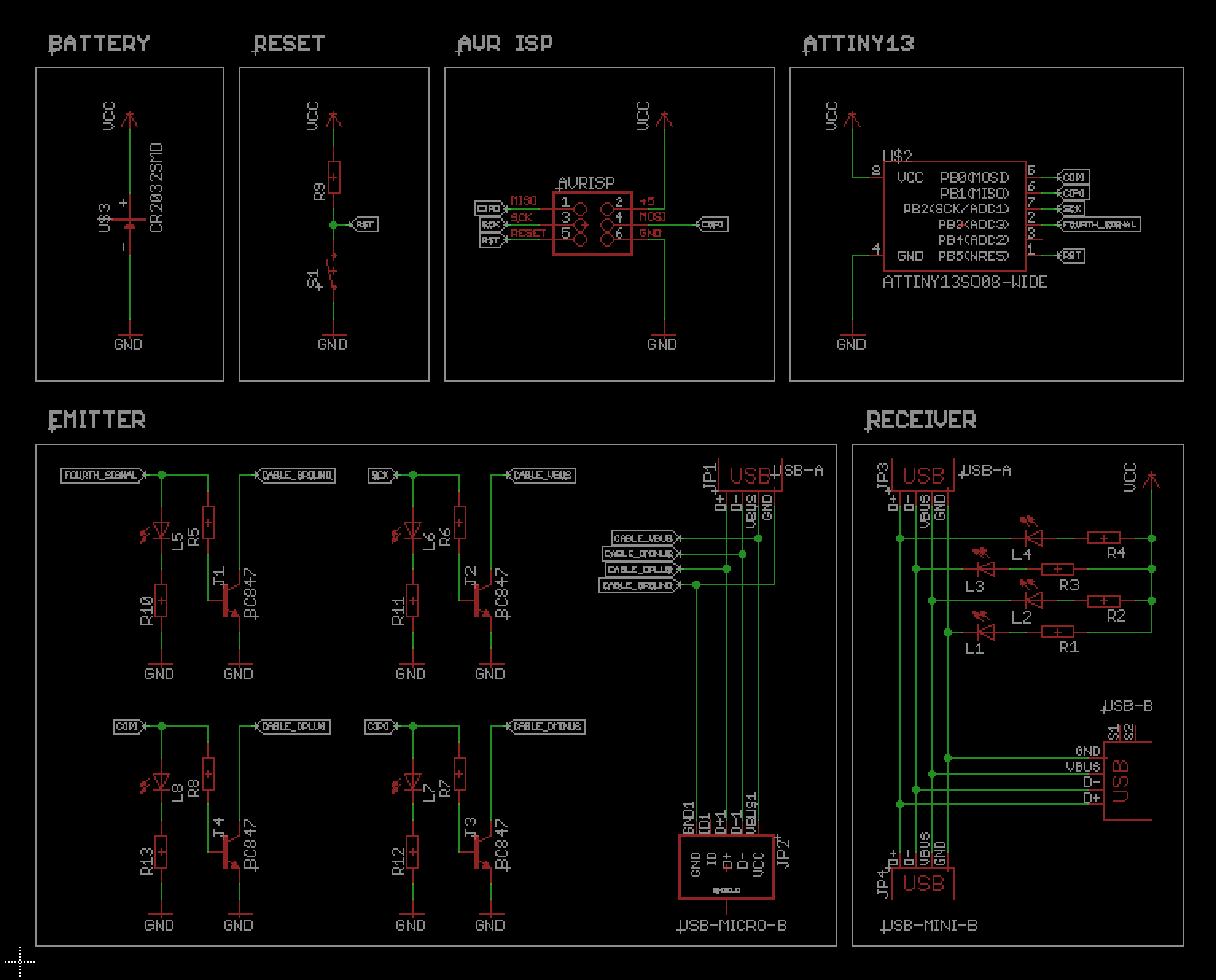
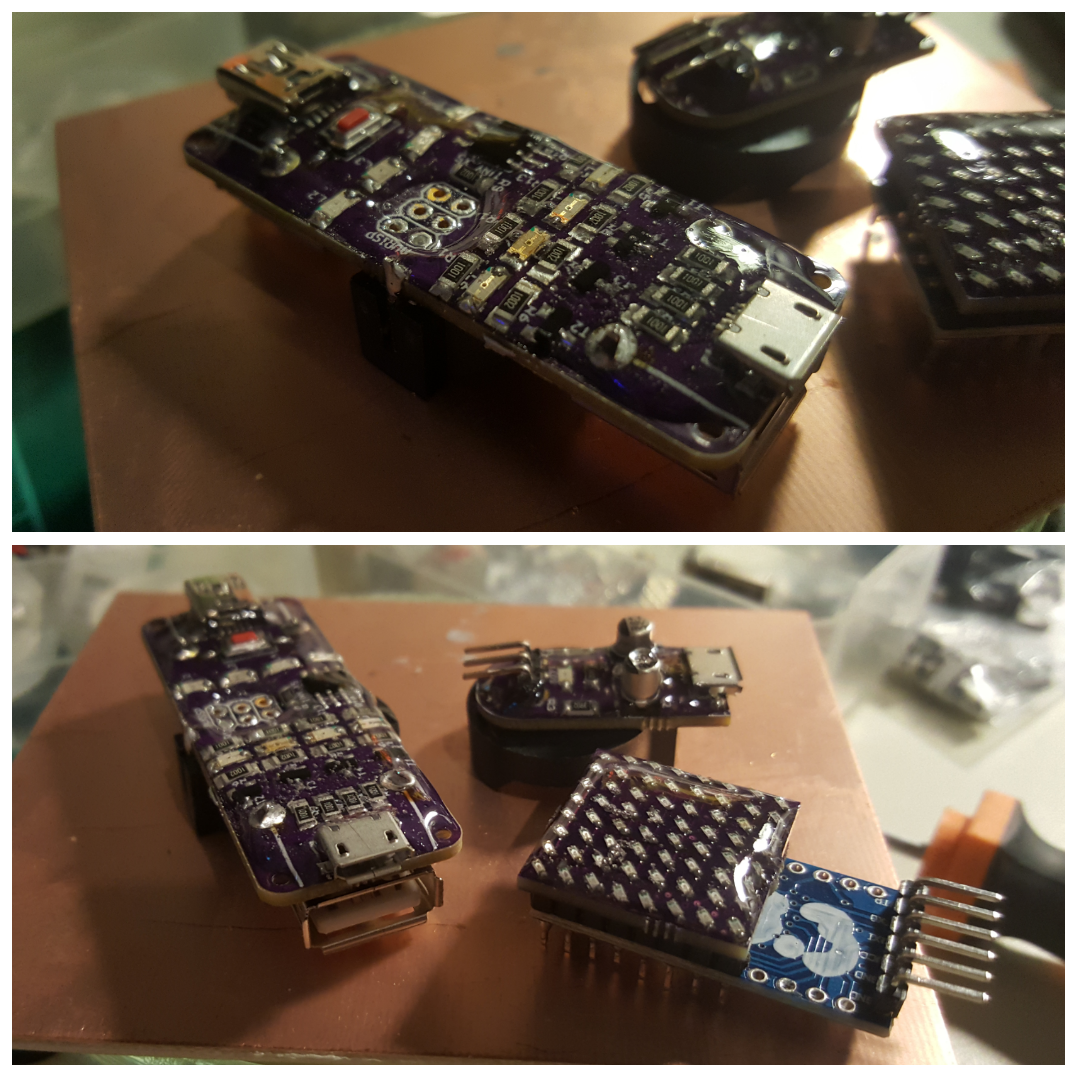
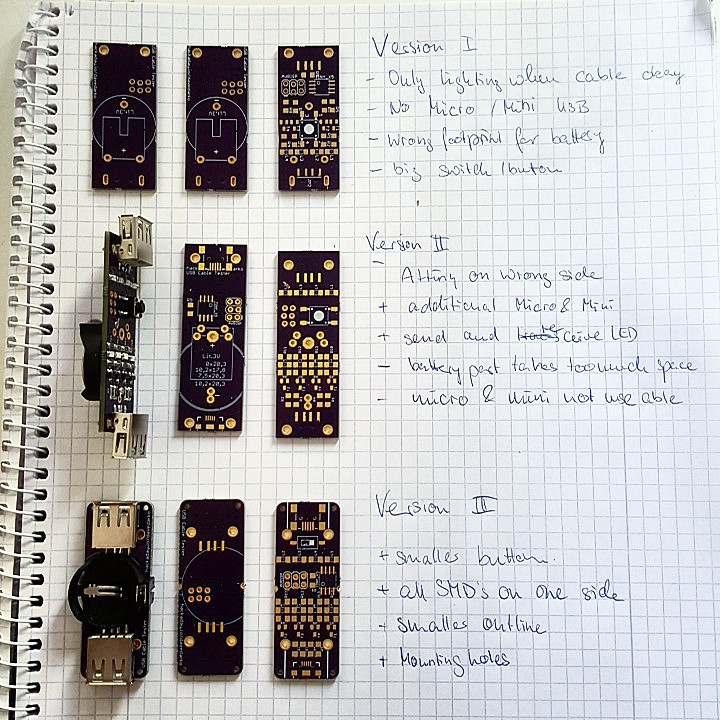
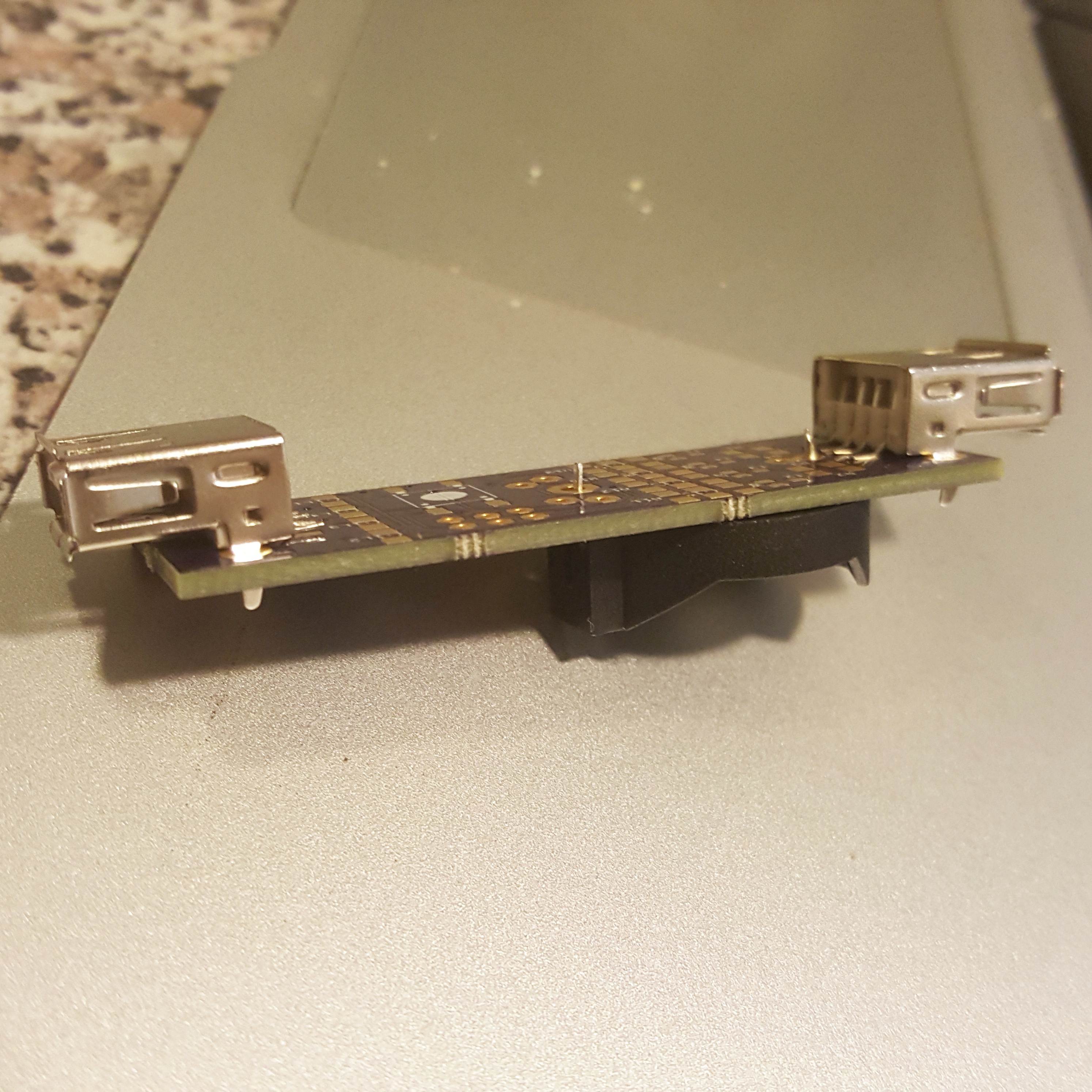
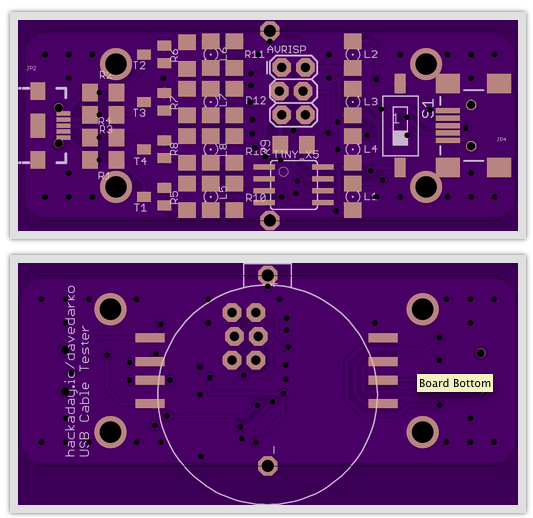
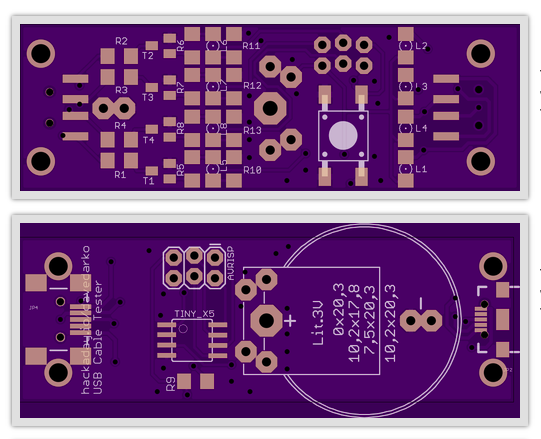


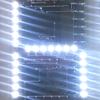

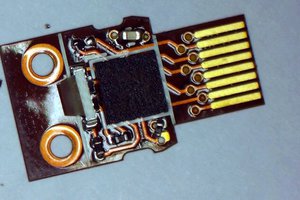
 Sam Ettinger
Sam Ettinger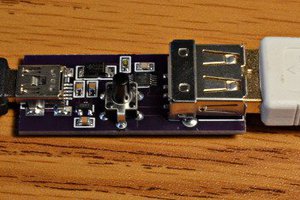
 Paul Stoffregen
Paul Stoffregen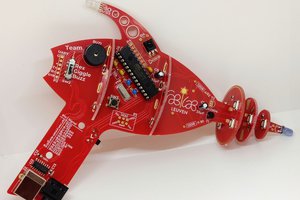
 Wim Van Gool
Wim Van Gool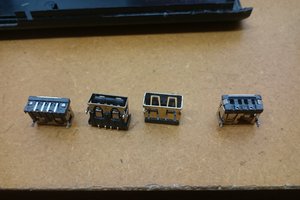
 ClimbinElectronics
ClimbinElectronics
If I were to order PCBs for this project, which ones would I need to order, and are there any ratios like "for each PCB X, order 2x PCB Y"?